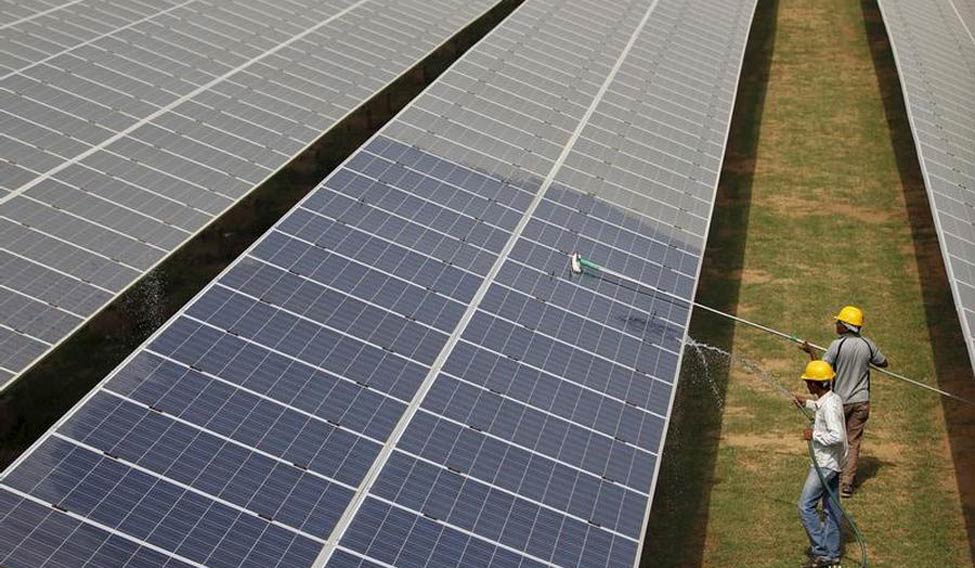India may not just meet its ambitious target of 100 GW solar power generation by 2022, but could well exceed it, Anand Kumar, secretary of ministry of new and renewable energy (MNRE), said while inaugurating the 'Renewable Energy India Expo' at Greater Noida.
"Under Prime Minister Modi, we upscaled our total renewable energy target to 175 GW by 2022," Kumar said. “This, you will all agree, is a fairly ambitious target. With advancements in technology, and with price of solar and wind reducing, we are not only sure but confident that we will achieve the target and exceed it.”
"India has limited fossil fuels. We depend on imports for petroleum. If we have to support and meet the demand of 1.25 billion people, then renewables are the only way," Kumar noted.
Under the National Solar Mission (NSM), India is aiming at 100 GW of solar capacity installed by 2022. Currently, the country has around 17 GW of installed capacity, according to latest data from MNRE, and is on course to add close to 12 GW by April 2018.
Though at this pace India would struggle to meet its goal, Kumar was bullish in his address to a packed hall at India's largest renewable energy expo.
Kumar added that in recent consultations, the MNRE has begun to take a more serious note of the potential of India’s offshore wind and hydropower capacities.
He said these technologies will be brought under the overall renewable energy target. He, however, did not clarify whether the government would then increases the 175 GW target, or alter the share of technology goals within it.
Currently, solar is tasked with hitting 100 GW and wind 60 GW by 2022. Either way, Kumar spoke of India’s “silent revolution”, which will see the country rapidly scale up its electricity generation capacity and consumption.
The key challenge, Kumar said, is how to enable higher energy consumption in India at a cost people are willing to pay, adding, "And not only willing to pay, but able to pay"
The secretary stressed that India will require support from stakeholders in the renewable energy sector – from both at home and abroad.
He reminded the audience of the policies put in place to support clean energy—the must-run policy for renewables, renewable purchase obligations (RPOs) for states and free interstate transmission of clean power.
He revealed that the MNRE is contemplating a policy of renewable generation obligations (RGOs), which would compel entities to generate a certain portion of their power from renewables.
Kumar said solar manufacturing capabilities in India are "modest" at best. To achieve the MNRE’s stated aims, greater efforts must also be steered towards storage technologies which hold the key to India’s renewable-led future, Kumar concluded, calling for setting up of a battery manufacturing bases in India.
"Once we overcome the obstacle of storage, then the ideal of 24-hour free energy for the people can be realised," said the MNRE secretary.






